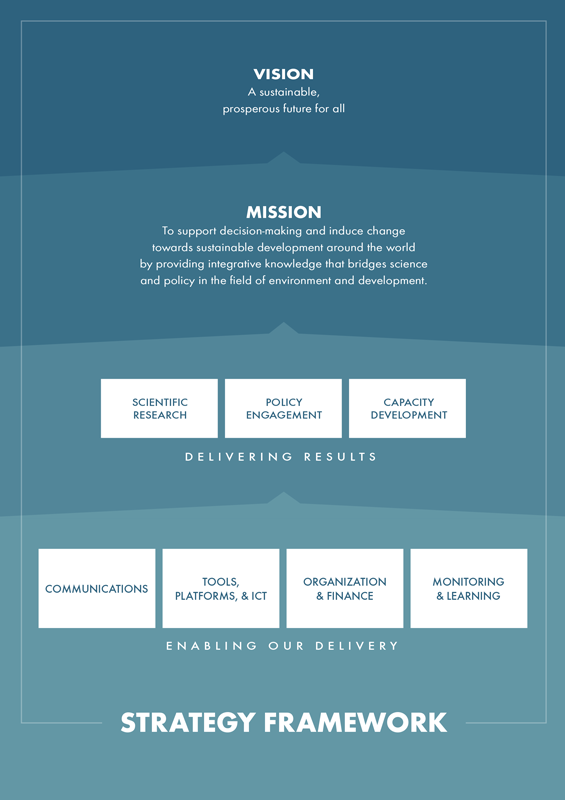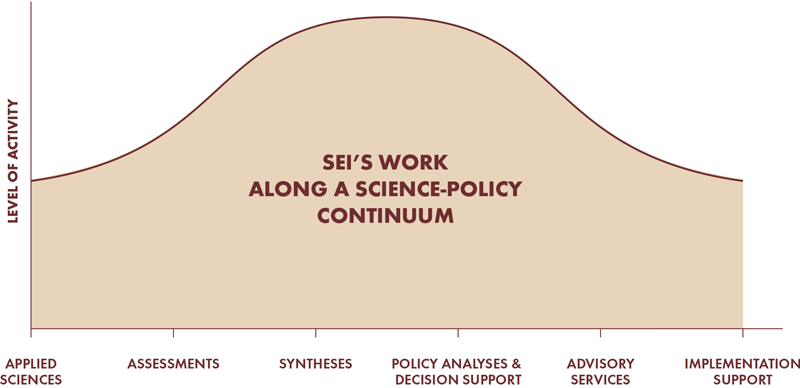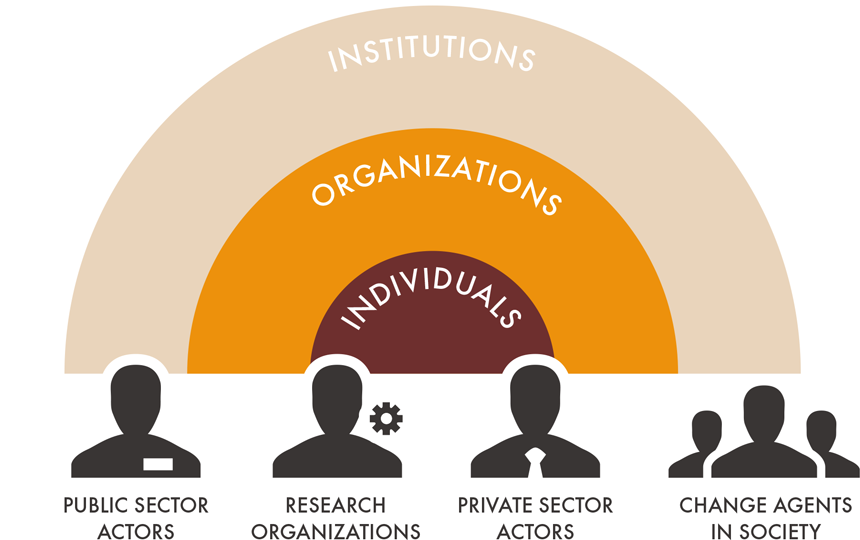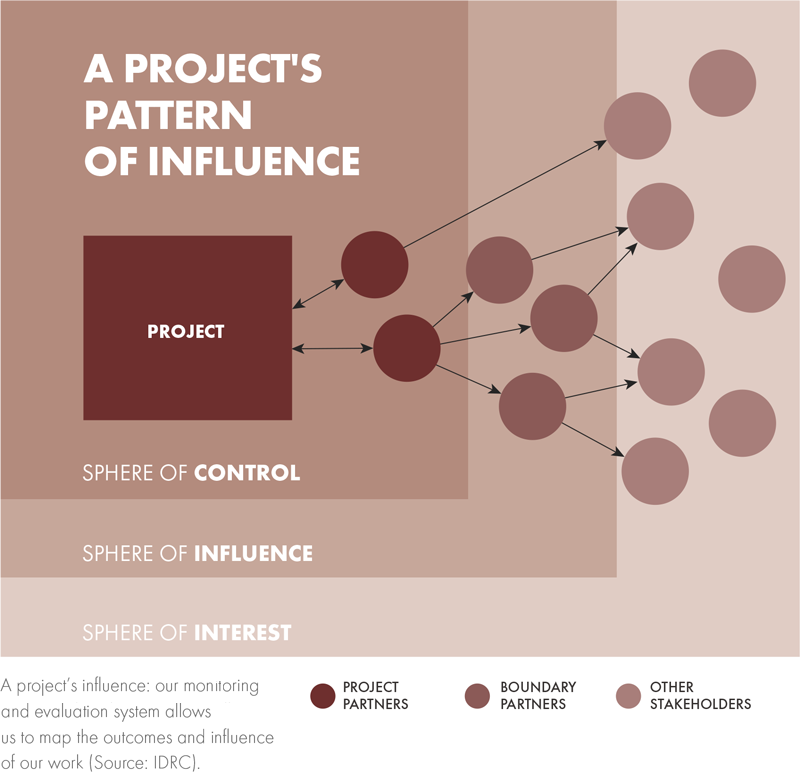SEI is an independent, international research institute. It has been engaged in environment and development issues at local, national, regional and global policy levels for more than a quarter of a century. SEI supports decision making for sustainable development by bridging science and policy.
Tweet

















